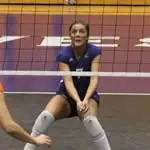
What is vision training? It's a progressive drill that uses color cards to widen the attacker's view of the court, so they see both the block in front of them and the defense behind the block.
It's important for attackers to recognize a block when on the offensive. Doing so improves a hitter's kill percentage by reducing the chances of swinging into the block. Vision training can help hitters of all levels perfect this skill.
Follow the practice plan below in succession to improve skills hitters need to make better decisions in the air:
Level 1:
Start out using a simple "color card" as a training tool. Laminate three 8 x 11 1/2 pieces of different colored paper back to back, so the card is one color on one side and an opposite color on the flip side. This step requires just two players, an attacker and a blocker.
- A player or coach stands as a blocker in front of the attacker, on the other side of the net.
- When the attacker goes to hit, the blocker holds the card above their head.
- As the attacker swings, they call out the color of the card.
Level 2:
After the attacker masters the first level, move on to this more challenging step. Set up as Level 1 but without the color cards.
- When the attacker starts their hit, the blocker holds up a number (one through five).
- As the attacker swings, they call out the number.
Level 3:
After the attacker masters seeing the block in front of them, the next step is to see the defense behind the block. Use the color cards again and place three players in the back court (RB, MB and LB) -- each holding cards (color doesn't matter).
- As the attacker swings, two out of the three players hold up their cards.
- The attacker tries to swing away from the held up cards and aims for the open area of the court.
- Players holding the cards decide beforehand which one won't hold up their card.
Level 4:
The ultimate goal is to perform vision training in a live setting. For this final stage of the drill, bring out the whole offensive side. Blockers stand on the other side of the net on jump boxes (2 to 3 feet tall boxes, usually made of wood). If you don't have jump boxes on hand, use sturdy chairs as a substitute.
- The blockers on boxes make a distinct effort to block either the line or cross shots.
- Every kill past the block and into the court is one point for the offense.
- Every error is minus one point.
- Every attack that is touched by the block is a wash.
- Make a goal of getting five points to get out of the drill.
No matter the age or level of the player, vision training teaches players better decision making and increases court awareness. This ultimately increases the hitting percentage and leads to a smarter and more effective offense.
 See more volleyball drills or find volleyball leagues near you.
See more volleyball drills or find volleyball leagues near you.
Karen Milborn is currently in her second year as an assistant coach at Northwestern University, where she is responsible for outside hitter training, coordination of defense and blocking schemes and scouting. She is also the director for northwesternvolleyballcamps.com.
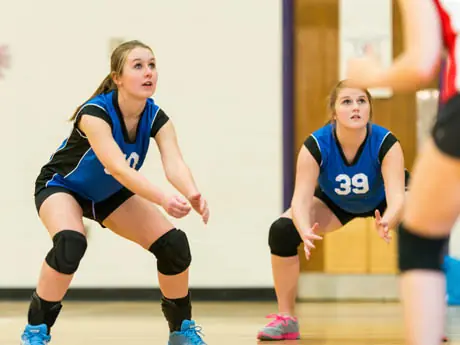
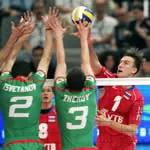
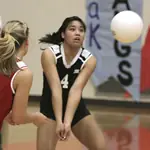
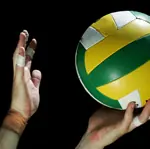
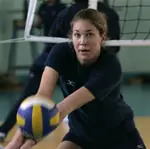
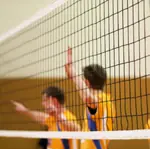

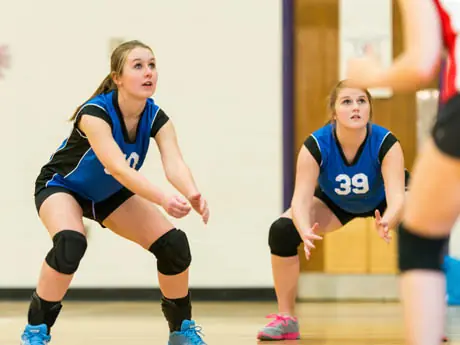
Discuss This Article